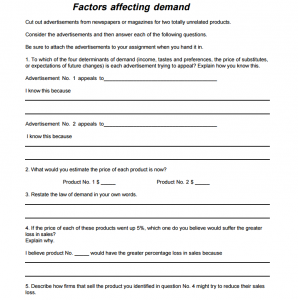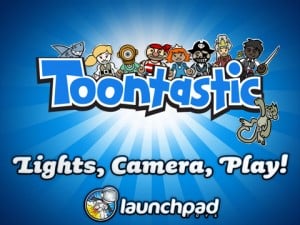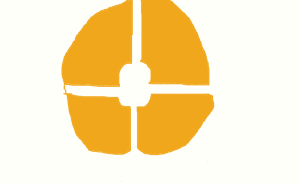(Step 1: Business Concept)
A mission statement captures your new business`s purpose, customer orientation and philosophy.
Often will an entrepreneur’s mission statement be:
- “I have an idea and I want to create a business, support my family and earn a lot of money”.
If you have bigger plans for your business and want to communicate this to a wider public it might be a good idea to develop a mission statement.
When starting a business there is a tendency of basing it on specific knowledge or on a specific product.
Making a mission statement
If you like cooking you may want to open a stand and serve hot chicken soup at fair prices, and if you are educated within IT and software you may want to establish a company specialising in relational databases.
By basing your business on one specific product or service you make your new business vulnerable. If its foundation crumbles away, the market will lose interest in your business. You will have nothing else to offer the market.
Look behind the product
What you need to do is look behind the apparent features of the product. That is: how long and wide the product is, the colour of it, the durability, how many rotations per minute and so on. Try instead to determine which human, business or society related challenges the product meets.
More than a product
If you like cooking and sell “chicken soup” your mission statement could be
- “To serve tasty and healthy takeaway food for the public at fair prices”
By choosing this statement you will be able to continue your business even if the public should stop liking chicken soup. You will also open your mind to new ideas and new commercial ventures by widening your business statement.
Are you able to write down your mission statement? If not, wait and come back to this item later. When working with the business plan the right mission statement might just pop up.
Mission statement template/ Mini Business Plan – example
This business statement template will help you formulate the 7 key questions you should ask yourself in order to pursue your plans of being a business owner. You could also call the statement a small business plan.
Get inspired from the examples and write your own statement.
1. My line of business:
E.g.:
- IT-company with JavaScript as the core business area
- Design and sale of children`s clothes
- Travel agency specialising in costumers of 60+
2. I want to sell these products:
E. g.:
- Applications that connect a company`s web-sites with the company`s administrative system
- Dresses for play, pleasure and party for girls from 2 to 6 years old
- A travel agency that organise guided tours to historical sites in Asia for senior citizens
3. My costumers are:
E.g.:
- Production companies within the state boundaries with more than 150 employees and a need for receiving costumer information from the web site
- The three biggest retail chains in children`s clothes in the country and selected independent children clothes retailers
- The well off senior citizen in the country that have the time and money to spend on a exclusive and cultural vacation
4. I will find and get in contact with my costumers this way:
E.g.:
- We will from the national database of registered companies buy addresses of companies in our target group. Afterwards we send a mail/letter to the company and phone them two days later.
- I have personal contact to two of the three national children`s clothes chains and I have already a list of the top 200 independent children`s clothes retailers
- We contact the senior citizens through advertisement in senior citizens magazines and by creating a comprehensive web site describing the historical sites and the tours in a professional way.
5. I am different from my competitors in these ways:
E.g.:
- Our service is price effective because we have developed five standard components which fit 80 % of the costumers` needs
- My good contacts among the retailers of children`s clothes give me an advantage
- My strong historical and web site expertise and my wife`s 10 years in the travel business make us unique for this line of business
6. The three biggest resources I give my business:
E.g.:
- ITC education, five years in a similar company and a strong professional network
- Network among retailers, love to design clothes and access to dressmaker`s workroom
- Visited many historical sites, inside business knowledge and web site professional









